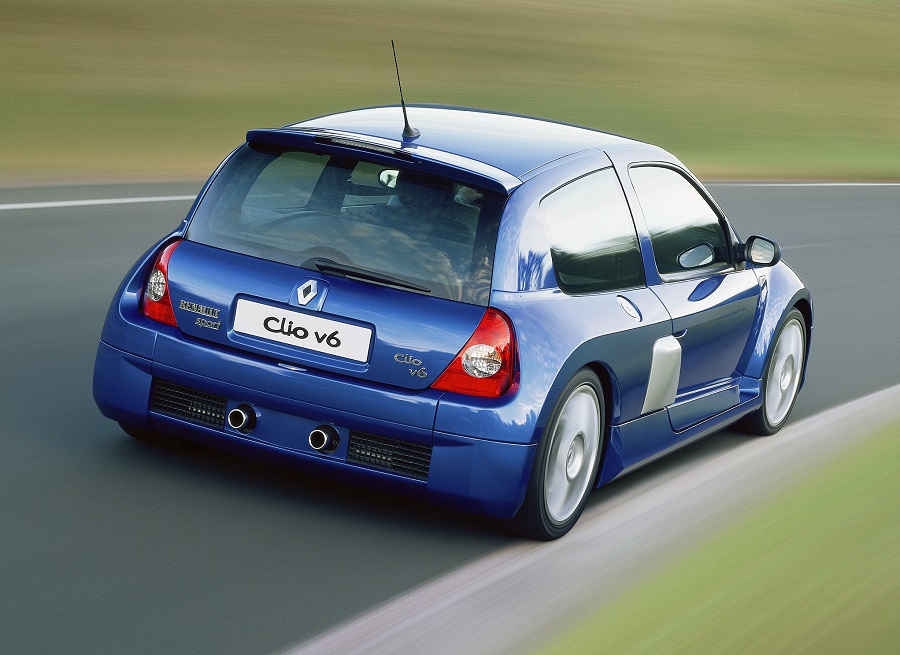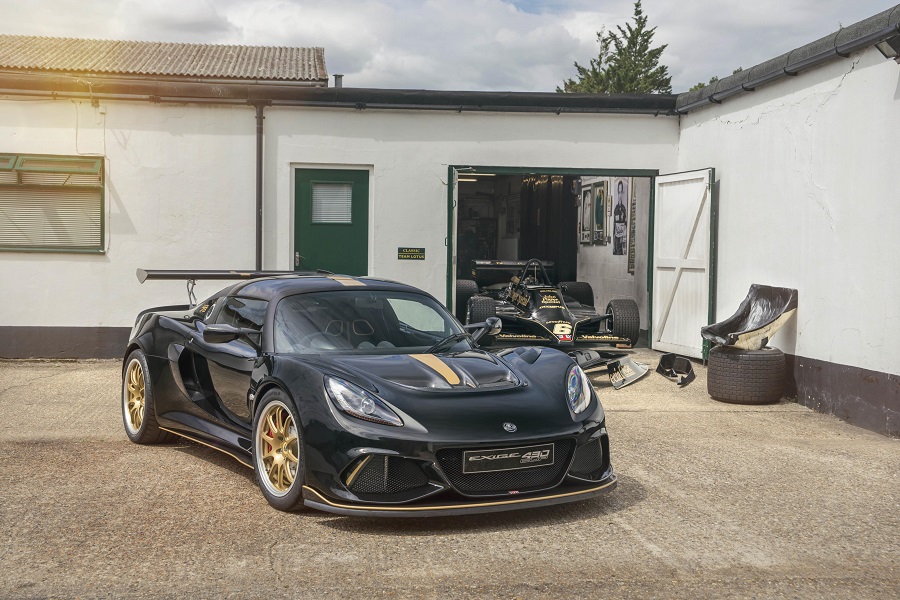What are the best V6 engined cars? Well, we decided to try to narrow it down to ten new and used car market icons.
With the pressure to downsize and hybridize looming over most performance marques, the V6 engine configuration has gained a lot of popularity recently. However, despite what muscle car fanboys might tell you, six cylinders ain’t no bad thing. Here are ten cars which prove that V6s can be a riot to drive.
Best V6 engined cars
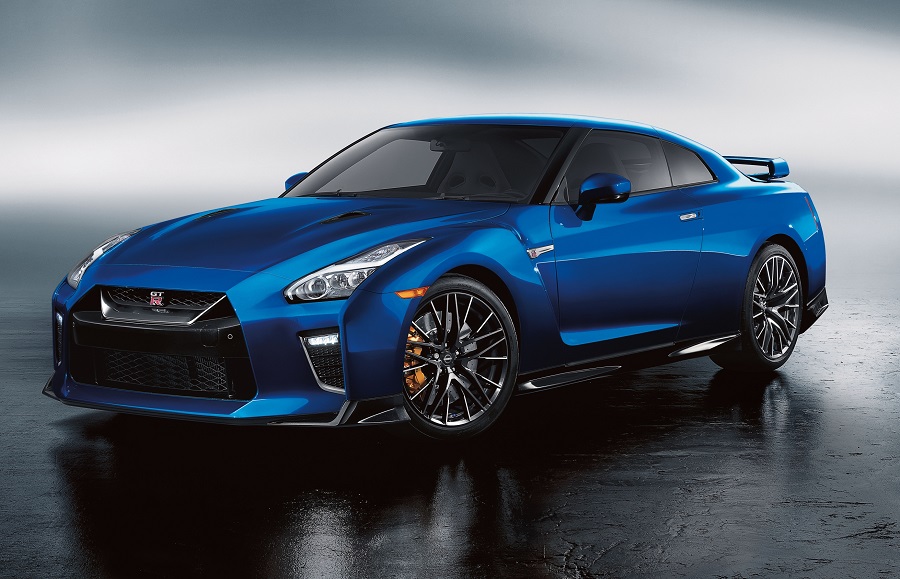
Nissan GT-R
When whittling down our longlist, there was one car that we knew we simply had to feature: the R35; the most advanced of Nissan’s iconic six-cylinder sports cars.
The Nissan GT-R, to give it its proper name, came equipped with one of the most eyebrow-raising engines ever crafted. The VR38DETT is a twin-turbo 3.8-litre V6 which is hand-built in a hermetically-sealed, dustproof lab – it’s pure sci-fi, made by nerds for nerds. The aluminum block has plasma-coated cylinder liners to reduce friction, while the IHI turbo housings are integrated neatly into the exhaust manifolds and the motor has a thermostatically pressurized lubrication system. All of this adds up to somewhere between 472-550bhp, depending which year of GT-R you buy, and they’re absurdly tunable. 1,000bhp+ is easy peasy.
It’s not just about the engine, of course – the GT-R is an improbably capable car: video-game handling, supernatural feel and, yes, it looks pretty damn aggressive too. We’ve seen some crazy things done to them within the modifying landscape, enough to shame any supercar. Naturally, that meant that for a long time they were the darling of the most annoying inhabitants of social media. Happily though, the hype crowd seems to have largely migrated to blindly defending Teslas instead, leaving the rest of us to appreciate this epic motor without so much tribal discourse in the background. So there you have it, car number one on our list: the Nissan GT-R.
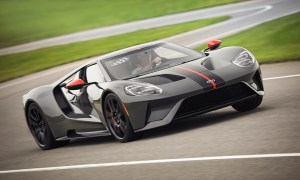
Ford GT
It’s one thing putting a V6 in a sports car, but putting one in a supercar is a whole different kettle of fish. The demands are far greater, so until the recent wave of turbocharged hybrids like the Ferrari 296 and McLaren Artura, you probably could’ve counted the number of V6 engined supercars on one hand.
That said, they weren’t totally unheard of. In the early nineties, for instance, Jaguar planted the V6 from an MG Metro 6R4 into the back of its XJ220. A 212mph top speed meant that it was, briefly, the fastest car in the world, thus proving the performance potential of six cylinders. But, if we’re being honest, other aspects of the car slightly missed the mark.
You can’t say the same about the reborn 2016 Ford GT though. It was a car shrouded in secrecy during its development phase, designed to win the 24 Hours of Le Mans – which it did. However, there wasn’t a thunderous American V8 or exotic roaring V10 cradled within its LMP1-inspired bodywork. Instead, Ford used an Ecoboost V6 with core parts that could be traced back to their F-150 pickup.
On paper, that might sound like an odd concoction. But bigger turbos, a custom camshaft, and a new aluminum intake manifold (amongst other mods) ensured that the 3.5-litre block could churn out 647hp.
The Ford GT was quietly one of the landmark vehicles to emerge from the 2010s, and if anything, it was probably a little bit ahead of its time.
As such, buying one is near-impossible. Happily though, there are other rare V6 Fords that you can get your hands on for much, much less cash…

Honda NSX
If you turn the clock back to the eighties, Ferrari was a bit different to the version of itself that we know today. Sure, it was still the dominant presence in the world of performance cars, but its success had made it complacent. Sub-par efforts like the 328 and Mondial suggested that the Prancing Horse needed a kick up the backside, and eventually that kick did come. However, few predicted it would be Honda’s foot that’d be the one dishing it out.
The Japanese marque had a rich history in racing, but as far as road cars go, they were much better known for little city runabouts. That changed in 1990 when they launched the NSX (New Sportscar eXperimental).
From an aesthetic perspective, it certainly hit the mark. And as for the car’s dynamics? It blew Ferrari away. Honda’s engineers had struck a balance between ferocity and usability, meaning that it was not only a competent apex weapon, but an approachable one too.
Firepower came from a 3.0-litre V6 which redlined at a glorious 8000rpm, thanks to lightweight (but resilient) titanium alloy parts and an early iteration of Honda’s VTEC variable valve timing.
If you haven’t seen the video of Ayrton Senna wrestling one of these things around Suzuka, we’d encourage you to seek it out.
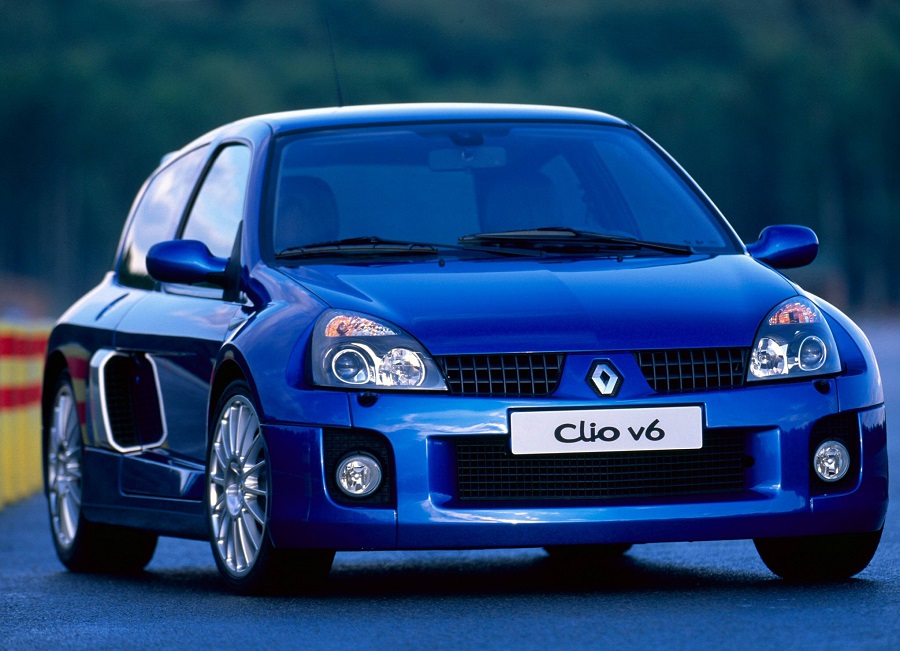
Renaultsport Clio V6
There’s something in the water at Renaultsport. They’ve churned out some brilliantly odd cars over the years, but few quite reach the daft-as-a-brush lunacy of the Clio V6. What manner of madman could take a few steps back from a Mk2 Clio, do that finger-and-thumbs-at-right-angles thing that artists do, and say ‘You know what? I reckon we should shove a V6 in the middle of that…’
But that’s exactly what they did. Instead of rear seats, it had a 227bhp 24v 3.0-litre V6 back there, while the bodywork was absurdly ballooned to accommodate a much wider track and a chassis that shared very little with its FWD counterpart. And what happens when you stick a big engine in the middle of a car with a very short wheelbase? It spins. Constantly. All the time.
Objectively then, is it a great car? Well, no. It isn’t. But frankly, it’s far too much fun not to have a place on his list.
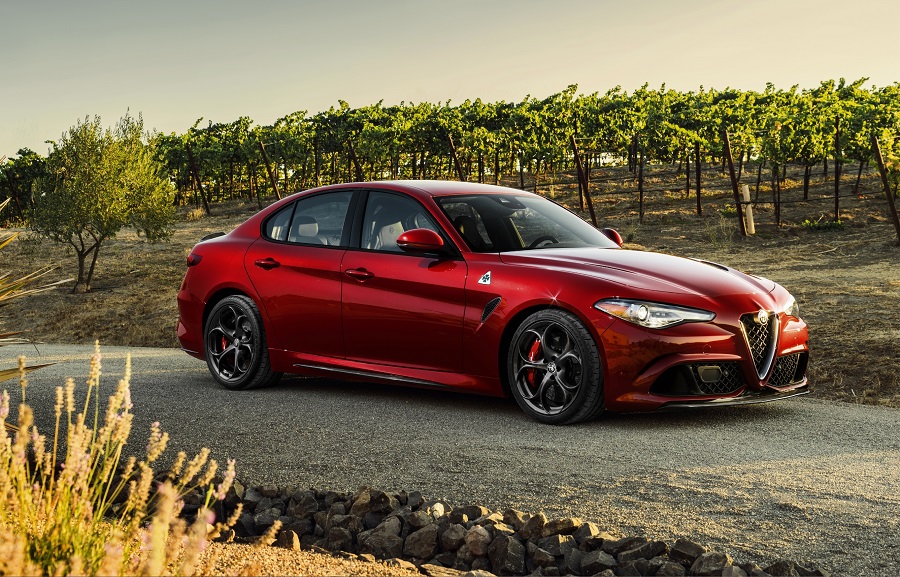
Alfa Romeo Giulia Quadrifoglio
Oh Alfa. After decades of false dawns, it looked as though they might have cracked the code. For years, the Germans have laid claim to the executive car segment, and if you wanted something different, you’d probably opt for a Lexus, or maybe a Jag. That had left Alfa Romeo firmly entrenched in ‘left-field’ status, but the Giulia looked like it might finally be the car to turn the Italians’ fortunes around.
In Quadrifoglio form it is simply stunning, and the striking looks are backed up by class-leading handling. As for the engine, you get a 2.9-litre V6 which rockets the car to 60mph in just 3.8 seconds, and if you take it off the leash, it’ll climb all the way up to 191. In a family saloon! Then there’s sound, which is suitably vicious out the back of the Giulia’s quad-pipe exhaust.
Sadly for Alfa’s sales department though, one good car doesn’t make up for decades of reputational damage, and whether or not it’s as reliable as an F80 M3 is also up for debate. However, we know which one we’d choose if we had the money…
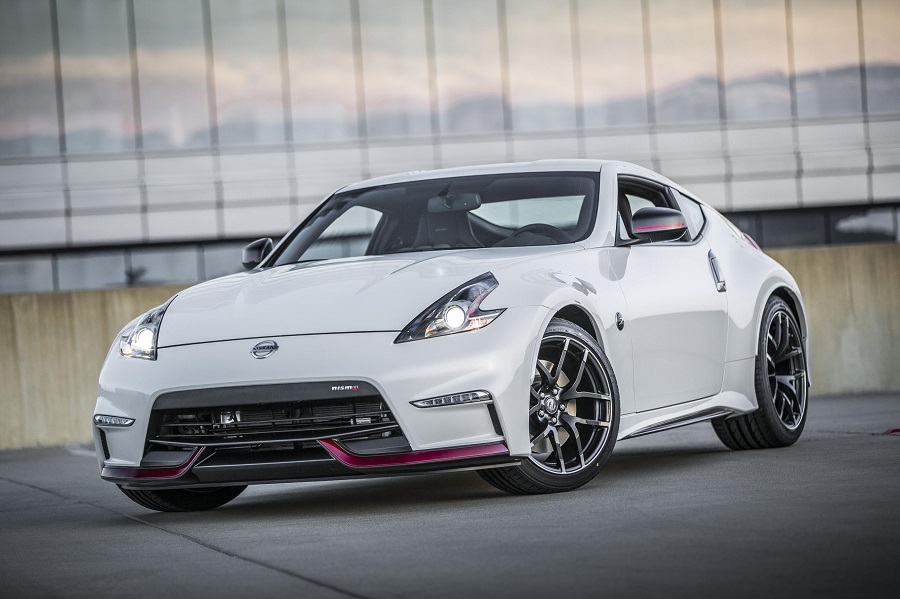
Nissan 370Z Nismo
There’s been surprisingly little talk amongst enthusiasts about the new Nissan “400” Z, and in this case the silence is damning. Compared to its rivals, the new Z just doesn’t quite stack up. It’s heavier than a GR Supra, less powerful than the American muscle coupes, and the Nismo version is automatic-only. However, the new car’s tricky start to life has put the old 370Z Nismo into a new context.
Now, let’s get one thing straight, when we talk about the 370Z Nismo as a car worthy of admiration, we’re referring to the 2014+ updated version. In reality, the 2009-2013 cars are also a little on on the lukewarm side of things, but with later examples Nissan made marked improvements. In that fresher guise, the 370Z Nismo is a manual-equipped, RWD coupe with LSD, that handles well on fast flowing back roads. Really tight twisty stuff still isn’t it’s forte, mind. Then, when you add its circa-350hp 3.7-liter VQ into the mix, you end up with a sports car that’ll offer you bundles of fun every time you get behind the wheel. Often overlooked, perhaps the 370Z Nismo deserves more recognition.
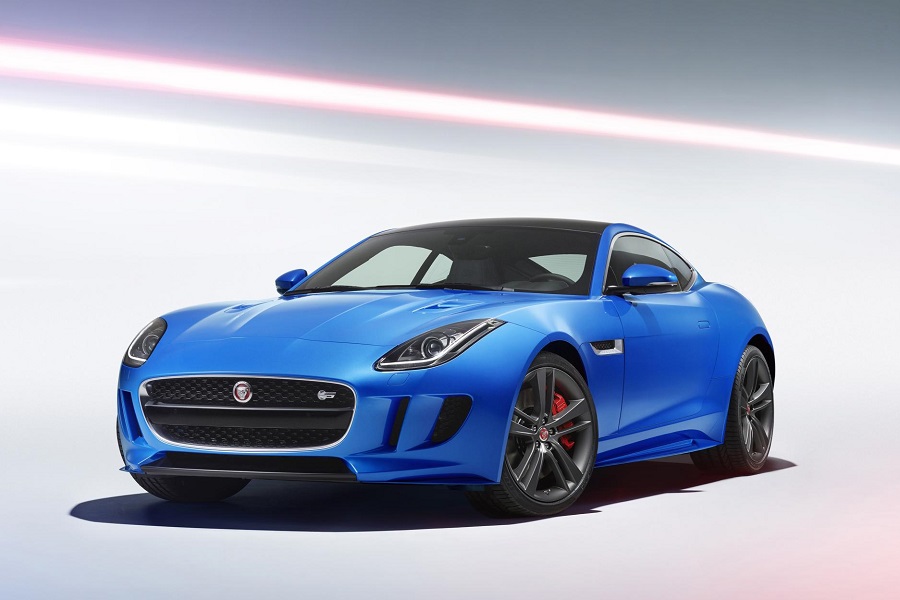
Jaguar F-Type
The Jaguar F-Type is everything you would expect of a modern British sports car. It’s suave on the outside, luxurious on the inside, and when push comes to shove, it can really hustle on the road. When it was launched, Jaguar advertised the F-Type as the car of Hollywood villains, and when you hear its low-pitch growls and view its aggressive beauty, you can see why – it fits the role perfectly. However, we would dare to suggest that the V6 sounds just as good – perhaps even better – than the V8 variant which stars in that award-winning commercial.
See, whereas with many cars (particularly American marques), ‘V6’ is a bit of a dirty word if there is a V8 option available, owners of the mid-range F-Type will hardly envy the range-topper’s two extra cylinders. Well, I say extra, but in reality the V6 found in this F-Type is actually Jag’s AJV8 motor with the rear two cylinders blanked off. So, they’re there… but they’re not. Anyway, the resulting 3.0-liter supercharged engine is capable of 375hp, though there was also a special edition which produced just shy of 400hp. On the road, the standard ‘S Coupe’ V6 model gets from 0-60mph in less than 4.5 seconds, and feels planted through the bends.
Overall, you just get the sense that this car is incredibly well balanced. So, if you do want an F-Type, do yourself a favor – save some cash and buy the V6.
Lotus Exige
The purest example of a sports car this side of a Caterham, if you really want to know what driving is all about, try a Lotus. The Exige is a raw, performance-hungry coupe that doesn’t care much about frivolous things like ‘refinement’. Instead, all it wants to do is unleash its Toyota-derived 3.5-liter supercharged V6 on the nearest race track.
Once you’re on the circuit, the car comes alive. It tips the scales at just over a ton, making it featherweight by today’s standards. As such, when you supply it with a V6 that churns out 300-430hp (depending on spec) as Lotus have done, it will show you lap times that you never thought possible in your previous car.
Matt managed to get his hands on the high-end 430 Cup edition, so make sure to read his review of it for a more in-depth explanation as to why this car deserves its place on this list.
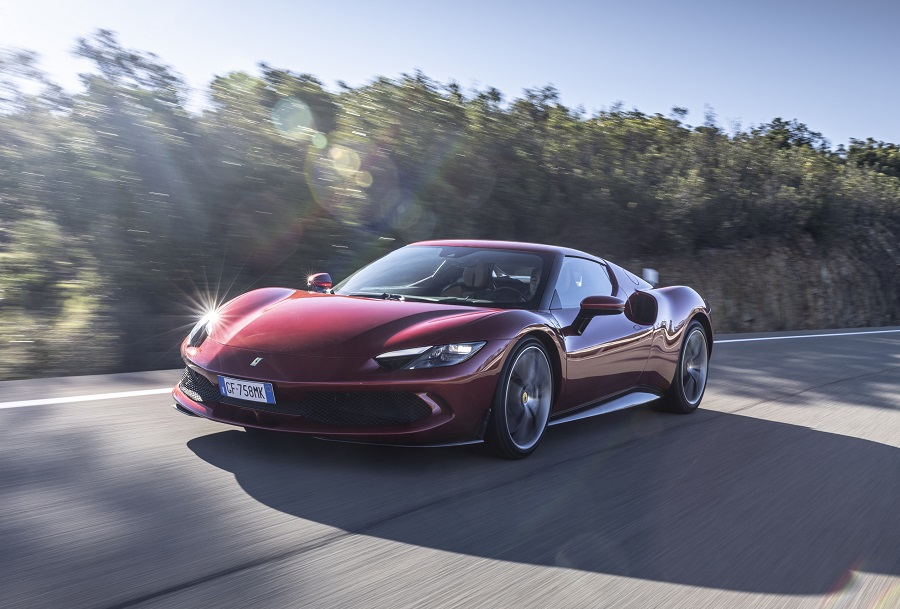
Ferrari 296 GTB
Turbochargers and hybridization have well and truly arrived in the supercar sector, not only in the name of reduced emissions, but also in the name of better performance. With these added extras, the need for displacement isn’t what it used to be, and that’s led a lot of marques to swap their V8s for V6s.
The king of the current crop of V6 hybrid supercars is the Ferrari 296 GTB. Ever since the 458 Italia, Ferrari has been largely untouchable in this market segment, and despite the switch in technology, it remains on the top of the pile with the 296.
The way the car handles is nothing short of sublime, as was the case with its recent predecessors, and the V6 powertrain certainly brings enough kick to the table to take the place of the much-loved F8 block. Its fresh combination of six cylinders, electricity, and forced induction results in an output of 819hp. 62mph, meanwhile, arrives in just 2.9 seconds. If there was ever any concern about the immediate future direction of the supercar industry, Ferrari has quashed it with the 296 GTB.
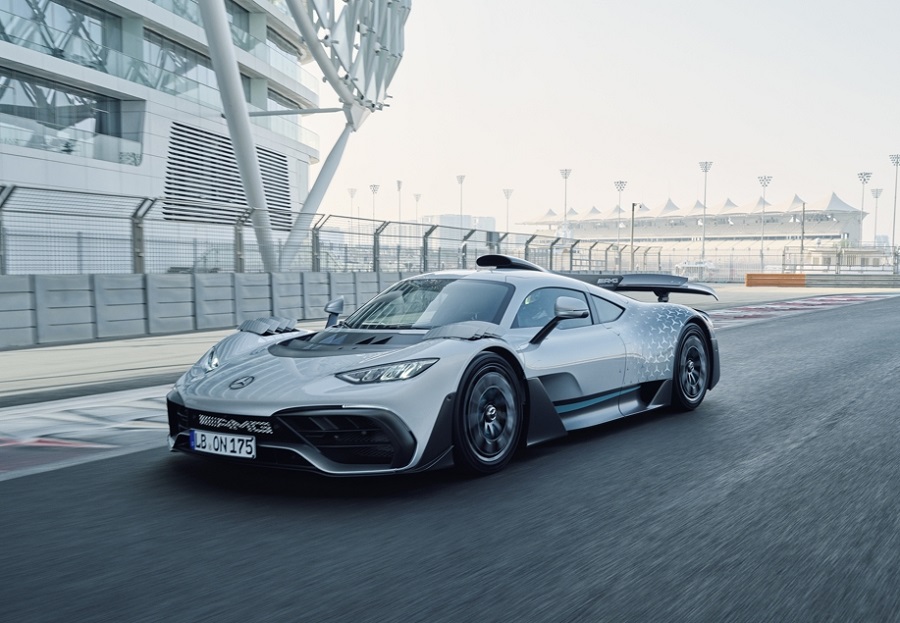
Mercedes-AMG One
It’s only right that we end on something special. Despite its magnificence though, we get the impression that AMG’s team of engineers will be glad to see the back of this project. You see, it turns out that building a road-legal hypercar becomes much more difficult when you insist on putting an F1 engine in it. Yes, the 1.6-liter (!) turbocharged V6 hybrid in the back of this spaceship is directly related to the power unit that propelled Lewis Hamilton to the majority of his seven Formula One World Championships.
The public has known about this project since 2017, but it’s taken until late 2023 (and a change of management) for customers to finally start receiving their cars. Unfortunately, many will find that even when it arrives, the fabled AMG One is a bit of a heroic disaster. When the automotive press got their hands on Merc’s demo car, they found it to be unreliable, uncomfortable, and deafening. Still, a lot can change in a year, so maybe AMG has ironed out those final blips…
It might be a head-scratcher, but at the very least, we should surely celebrate the sheer amount of effort that’s gone into creating this car. It should be impossible for a modern F1 engine to work in a road car, and some might argue that that’s still the case. But whatever, the AMG One is actually here in the flesh, and for that, we should doff our caps to the lads and ladies from Stuttgart.
If you enjoyed this rundown of our favorite V6 engined cars, why not check out our V8, V10, and V12 shortlists too!
Words by James Bowers & Dan Bevis

